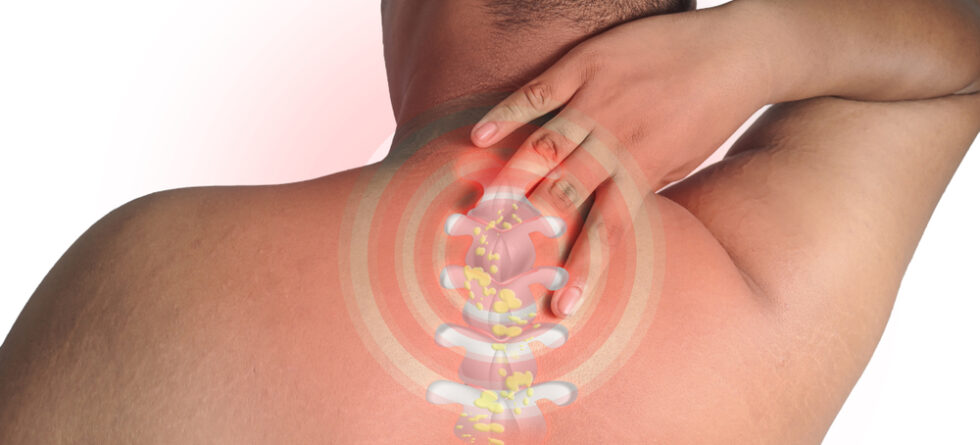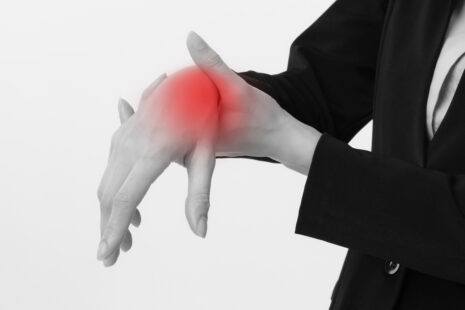Experiencing discomfort or an increase in back pain after physical therapy (PT) sessions can be concerning, but it’s not always indicative of a problem. Various factors, including the nature of the therapy, your body’s response to new exercises, and the underlying condition being treated, can contribute to this sensation.
Here’s a closer look at why your back might feel worse after PT and how to manage and understand this discomfort…
Adjustment Period
- Muscle Activation – PT often targets weak or underused muscles that may not have been actively engaged in a while. Initiating these muscles can lead to temporary discomfort or soreness as they adjust to new demands.
- Increased Mobility – As mobility increases through stretching and mobilization exercises, previously stiff areas may temporarily become sore as they adapt to their enhanced range of motion.
Muscle Soreness
- Delayed Onset Muscle Soreness (DOMS) – Engaging in new or more intensive exercises can lead to DOMS, characterized by muscle soreness that peaks a day or two after exercise. While uncomfortable, it’s a normal part of the muscle-strengthening process.
- Fatigue – Accumulated fatigue from therapy sessions, especially in muscles that are not used to being so active, can contribute to temporary worsening of back pain.
Inflammatory Response
- Healing Process – Physical therapy can stimulate the body’s natural healing process, which sometimes involves an inflammatory response leading to temporary increases in discomfort.
- Tissue Irritation – Certain therapeutic techniques, particularly those involving manipulation of the spine or surrounding tissues, can irritate the area initially, even if they’re beneficial in the long term.
Differentiating Between Beneficial Discomfort and Concerning Pain
- Normal Discomfort – Mild to moderate muscle soreness that feels similar to what you might experience after a workout is typically normal. This type of discomfort usually resolves within a couple of days.
- Concerning Pain – Sharp, severe, or persistent pain; pain that significantly limits your mobility; or pain that feels distinctly different from muscle soreness should be promptly discussed with your physical therapist or healthcare provider.
Managing Post-PT Discomfort
- Rest and Recovery – Ensure you’re allowing adequate time for your body to rest and recover between therapy sessions.
- Ice and Heat – Applying ice or heat to the sore area can help manage pain and inflammation. Ice is particularly beneficial for acute inflammation, while heat can relieve muscle stiffness.
- Hydration and Nutrition – Staying well-hydrated and maintaining a balanced diet can support the body’s healing processes.
- Communication with Your Therapist – Keep your physical therapist informed about your pain levels and any discomfort you’re experiencing. They can adjust your treatment plan as needed to ensure it’s both effective and tolerable.
Feeling worse after physical therapy can be a normal part of the recovery process, often due to muscle soreness or the body adjusting to new movements. It’s crucial to monitor your symptoms and communicate openly with your physical therapist about any concerns. They can provide insights, adjust your therapy plan, or investigate further to ensure your recovery stays on track.




